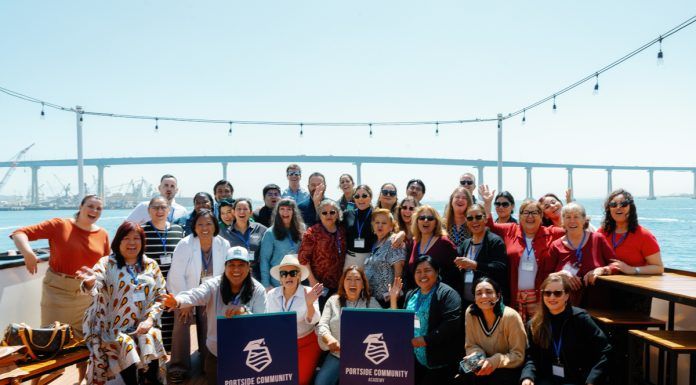The Chula Vista City Council amended an agreement between American Medical Response Ambulance Service and the Chula Vista Fire Department, enabling Chula Vista firefighters to be trained as paramedics.
Currently, the fire department provides basic life support through emergency medical technicians.
Advance life support is given through AMR paramedics.
The change will take effect in July.
Fire Chief Dave Hanneman said the first responder advance life support program will enhance the fire department’s services.
“It allows us to provide the highest level of service to calls for service that our citizens request,” Hanneman said.
Hanneman said the fire department gets about 15,000 service calls each year and 12,000 of them are medical calls.
The changes are set to take effect July 1.
Council member Mary Salas said the amendment will no longer make Chula Vista paramedic free.
“In fact, we are the only city that does not offer advanced life support at this time,” she said at Tuesday’s council meeting.
Salas said equipping the city with its own paramedic service is momentous.
“This is indeed a really a significant day for the city of Chula Vista and the people that we serve.”
Hanneman said he can’t explain why Chula Vista was the only city in the county without its own paramedics.
“I know prior fire chiefs and administration looked into it, but I don’t know what happened,” he said.
Hanneman said the program is designed to retrain current firefighters as paramedics.
The department already has 25 trained paramedics, with nine newly recruited firefighters trained, Hanneman said.
Hanneman said the way it works right now is that when the fire department arrives on scene for a medical issue, the department can’t do anything until AMR arrives.
With the new training, fire personnel can take action when they arrive at an accident scene that requires serious medical attention. Once AMR arrives, they can just transport the patient to the hospital.
Hanneman said this would trim about four minutes in response time because the fire department can act immediately on an issue instead of waiting for AMR to arrive.
The program was four years in the making, Hanneman said, largely because he had to find a way to fund the program without dipping into the city’s general fund.
He said under the amended agreement, AMR will charge the patient or the patient’s insurance and reimburse the city.
The new plan calls for a five-year phase, where five of the nine fire stations start off with paramedics and each year a new station gets fully and properly trained.
Hanneman said the Chula Vista Fire Department does more than put out fires.
“Traditionally we call ourselves firefighters,” he said. “But we really are a hazards emergency response agency, responding to fires, auto accidents, hazardous material and of course medical issues.














